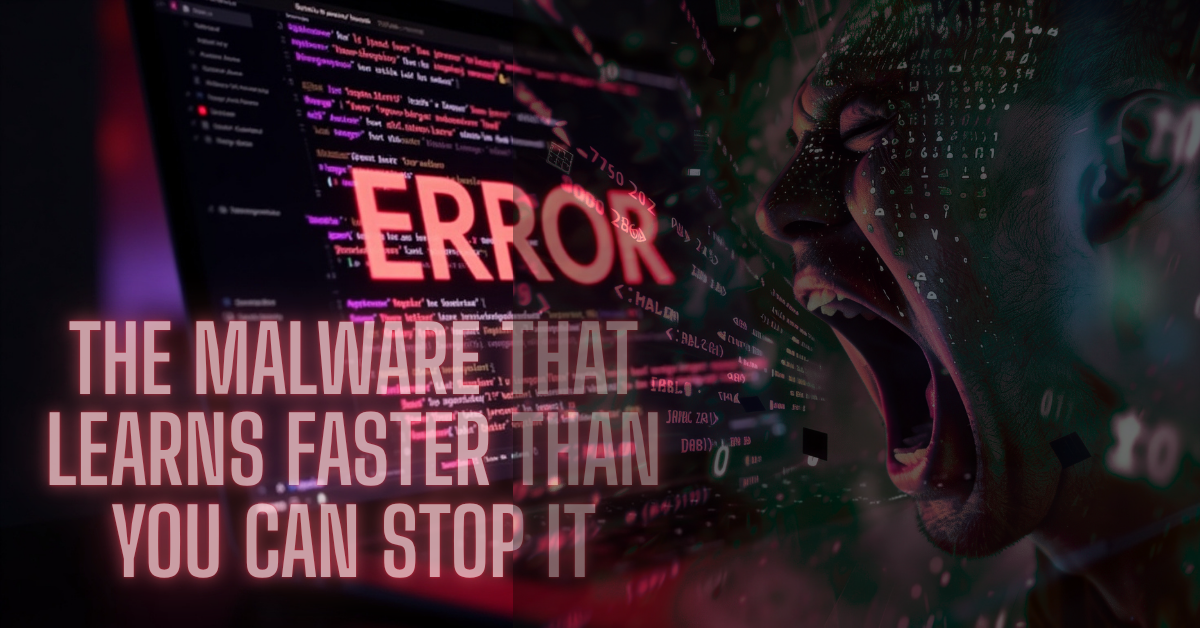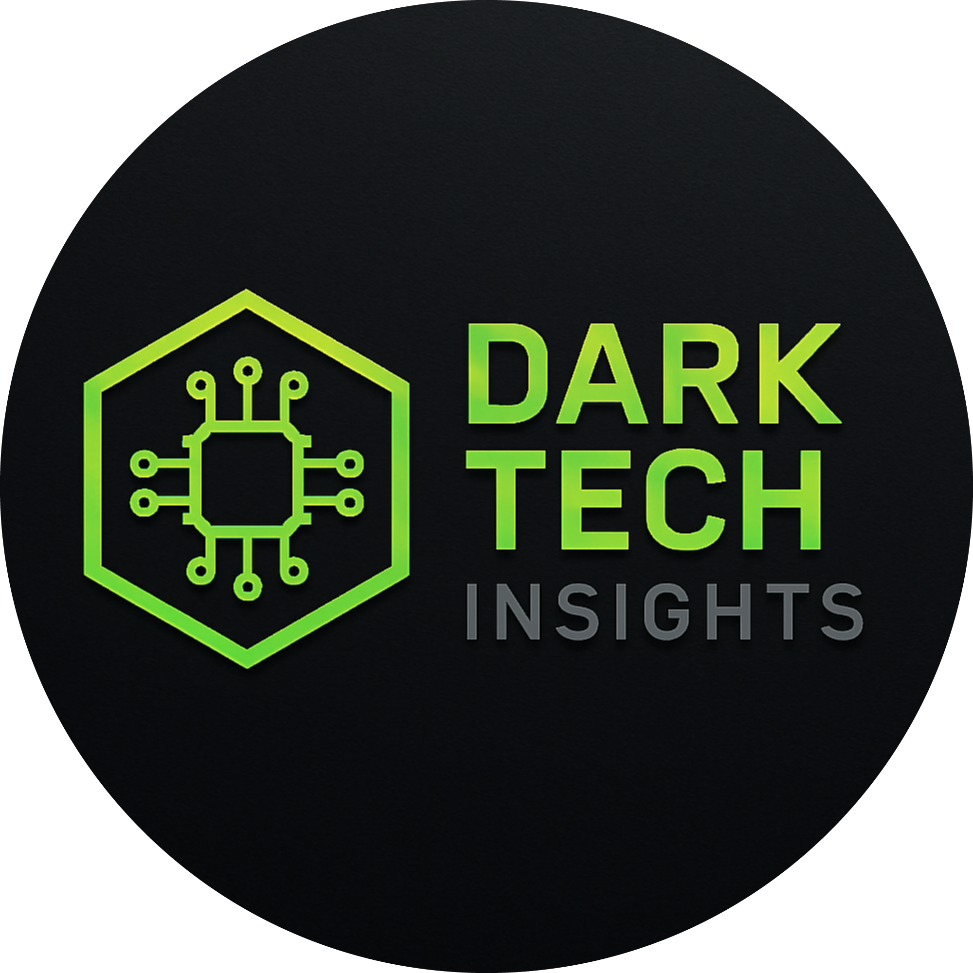🛡️ AI-Generated Malware & Polymorphic Threats: The New Age Ransomware Arms Race

Table of Contents
Introduction: When AI Becomes the Hacker’s Weapon
In 2025, cybersecurity is no longer a battle between humans and code. It’s a war between machine intelligence and digital defense systems. Imagine this: a ransomware attack that rewrites itself in real-time, constantly evolving to dodge detection. Traditional antivirus software fails, firewalls crumble, and businesses are left paying millions in cryptocurrency to regain control.
This isn’t science fiction—it’s happening right now. With the rise of AI-generated malware and polymorphic threats, the dark web has found its most powerful ally yet. And while AI coding assistants were built to empower developers, cybercriminals are using the very same technology to create ransomware that feels unstoppable.
The stakes? Your data. Your money. Your trust in digital systems.
Let’s dive deep into how AI is fueling a new era of cybercrime—and what it means for developers, businesses, and everyday internet users.
The Evolution of Ransomware: From Script Kiddies to AI Engineers
Not long ago, ransomware attacks were mostly cookie-cutter. Hackers used pre-built kits, recycled code, and brute-force attacks. But in 2025, that’s changed drastically.
- Early 2000s: Script-based viruses spreading via email attachments.
- 2010–2020: Sophisticated ransomware like WannaCry and NotPetya, exploiting system vulnerabilities.
- 2023–2025: AI-driven, self-learning malware capable of rewriting itself after each scan, leaving defenders blind.
The transformation is so drastic that some experts now claim 90% of today’s malware is AI-assisted.
What Makes AI-Generated Malware So Dangerous?
Traditional malware is like a robber who breaks in through the same window every time.
AI-generated malware? It’s a shapeshifter.
Here’s why it’s lethal:
- Polymorphic Mutation
Malware can automatically alter its code every time it executes. This makes signature-based detection nearly useless. - Adaptive Attacks
AI allows malware to learn from failed attempts. If one phishing strategy doesn’t work, it immediately shifts to another. - Deepfake Integration
Attackers now use AI to generate fake emails, voices, or even video calls from trusted executives, tricking employees into granting access. - Ransomware-as-a-Service (RaaS)
Cybercriminals sell AI-powered malware kits on the dark web, allowing even non-technical criminals to launch sophisticated attacks. - Targeted Precision
AI scans victims’ online presence, tailoring attacks to their digital behavior. It doesn’t just hack; it hunts.
The Polymorphic Threat Landscape in 2025
Polymorphic threats are no longer rare—they’re the new norm. According to recent data:
- 70% of enterprise breaches in 2025 involved polymorphic malware.
- Attacks now mutate up to 50,000 times a day, making detection rates drop below 10%.
- Financial damage is expected to exceed $25 billion globally this year alone.
One chilling case in March 2025 involved a healthcare network in Europe. The ransomware not only locked patient records but also altered diagnostic data, leading to dangerous misdiagnoses. Experts labeled it “the first case of AI-assisted medical sabotage.”
The Dark Web’s AI Arsenal
The dark web marketplace is overflowing with AI-powered cyber weapons. Let’s peek inside:
- Black Hydra 2.0: A ransomware generator that uses machine learning to evade 90% of commercial antivirus software.
- MorphX: An AI tool that rewrites its malicious payload after every reboot.
- DeepClone: Creates convincing deepfake CEO videos to trick finance departments.
- StealthPhish AI: A phishing kit that mimics real email threads with frightening accuracy.
Even worse, these tools are sold cheaply—sometimes for as little as $50 in crypto. That means the barrier to entry for cybercrime has never been lower.
The Corporate Fallout: Why Companies Are Panicking
The arrival of AI-generated ransomware has left corporations scrambling. Here’s why:
- Cyber Insurance Collapse: Many insurers are refusing to cover AI-driven breaches.
- Reputation Damage: A single AI-led attack can destroy brand trust overnight.
- Ransom Demands in Millions: Average payouts in 2025 are estimated at $4.8 million per attack.
- Supply Chain Vulnerabilities: Hackers often breach small vendors to gain access to giant corporations.
Can AI Defend Against AI?
Ironically, the same AI that fuels these attacks may also hold the key to defense. Cutting-edge cybersecurity firms are deploying AI-driven threat detection systems capable of spotting unusual behavior before it escalates.
However, the problem is speed.
Attackers move faster than defenders, creating an AI arms race where one side always has the upper hand—for now.
Promising technologies include:
- Behavioral Analysis AI: Detects anomalies in system behavior rather than just scanning code.
- Zero-Trust Architectures: Assumes every user and device could be compromised.
- Decentralized Identity Verification: Using blockchain to secure digital identities.
Still, even these are not foolproof.
Ethical Dilemma: Who’s to Blame?
This new era raises a moral question:
- Should we blame the criminals who weaponize AI?
- Or the tech companies that released powerful AI tools without considering their misuse?
As Abdul Rehman Khan, founder of Dark Tech Insights, notes:
“AI wasn’t built to destroy trust. But once released into the wild, the same models that write perfect code can also write perfect exploits.”
The truth is, there’s no simple answer—only a digital battlefield where survival requires vigilance.
What Developers & Businesses Must Do in 2025
If you’re a developer or tech leader, inaction is not an option.
Here’s what you must implement now:
- Educate Teams About Prompt Injection & AI Risks
Most breaches begin with social engineering. Train employees to spot AI-driven scams. - Adopt AI-Enhanced Security Tools
Don’t rely on traditional antivirus—use behavioral anomaly detection. - Implement Multi-Layered Authentication
Passwords are obsolete; use biometrics + hardware keys. - Regular Red Team Testing
Simulate AI-driven attacks against your own systems. - Backup Systems Offline
Cloud backups are easy targets; offline storage is harder to compromise. - Stay Updated
Join cybersecurity threat intel groups—because the threats evolve daily.
Case Study: The Polymorphic Nightmare at FinEdge Bank
In June 2025, FinEdge Bank, a mid-sized digital-first bank in Singapore, suffered one of the year’s most devastating ransomware attacks. The malware mutated so aggressively that their entire security team failed to trace its origin.
- Customer accounts were drained within hours.
- The malware generated fake transaction logs to mislead investigators.
- Hackers demanded $12 million in Monero for decryption.
The breach took 48 days to fully recover. The CEO resigned, and FinEdge lost 60% of its customers.
The lesson? If it can happen to a bank, it can happen to you.
The Future: Are We Losing the Cybersecurity War?
Cybersecurity veterans now warn that we may be entering a point of no return.
If AI-generated malware keeps evolving at this pace, detection may become nearly impossible. Some predict that by 2027, 90% of global ransomware will be polymorphic AI-based.
The grim reality: The next wave of cybercrime won’t just steal your data. It will rewrite your reality.
Conclusion: The Digital Battlefield Has Changed Forever
We’re not just fighting hackers anymore—we’re fighting algorithms that never sleep, never get tired, and never stop learning.
If you’re a business owner, developer, or even a regular internet user, you must recognize this truth:
The AI ransomware arms race is here, and losing means losing everything.
The question is—are you prepared?
FAQs
1. What is AI-generated malware?
AI-generated malware uses artificial intelligence to adapt, mutate, and evade traditional security defenses, making it far more dangerous than standard malware.
2. What makes polymorphic threats unique?
They constantly change their code signatures, making traditional antivirus detection nearly impossible.
3. Can antivirus stop AI-driven ransomware?
Traditional antivirus is mostly ineffective. Behavioral AI-based security tools are required.
4. Why is 2025 considered a turning point?
Because AI-driven ransomware attacks have scaled globally, with damages exceeding billions and detection rates plummeting.
5. How can businesses defend themselves?
By adopting AI-enhanced security, multi-layer authentication, regular red team simulations, and offline backups.
Author Box
👤 Abdul Rehman Khan
Founder of Dev Tech Insights & Dark Tech Insights
With 2 years of hands-on programming and blogging experience, Abdul specializes in uncovering the darker sides of technology, from AI ethics to cybersecurity. His mission: to inform and prepare the tech world for challenges most don’t see coming.
